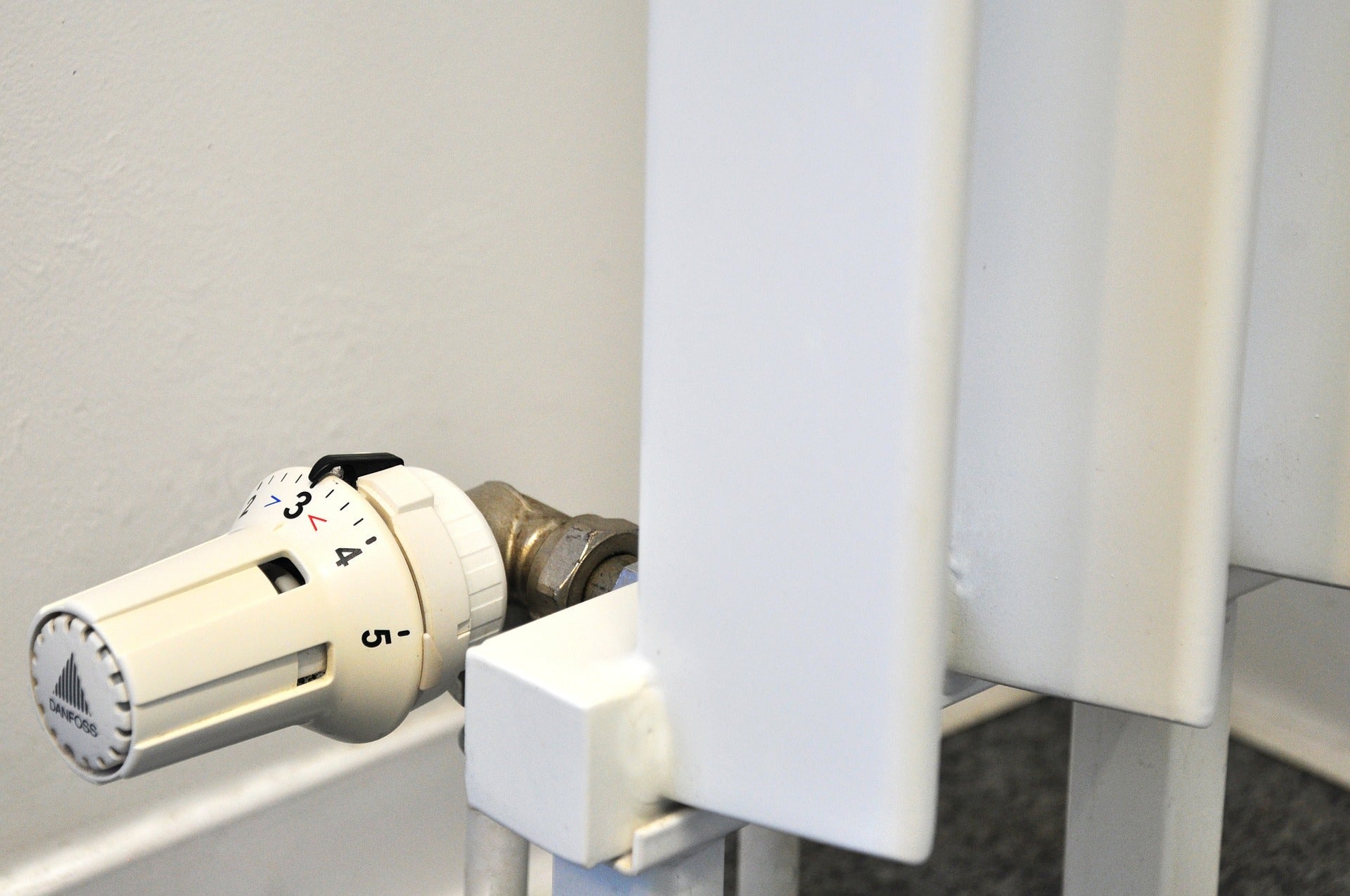
Common Technical Plumbing Terms, Explained Simply
Adaptor – In the context of plumbing this is usually a connection between two different sizes of pipe, or two incompatible end fittings.
Airlock – An air bubble accidentally trapped somewhere in the pipework which can prevent water flowing.
Ball cock – Inside the cistern or water tank of a WC, this floating valve determines whether the tank is full in order to control the water flow into it.
Bar – Unit for measuring water pressure.
Blanking plug - These are usually hexagonal and are fitted on a radiator in place of a valve before it is installed, or when removing it for maintenance. This prevents water from leaking or spilling during the process.
BTU – This stands for British Thermal Units, and is often used to provide an estimate of the heating capacity of different radiators. You can calculate the required BTU for your room and compare with different models to ensure your choice is suitable.
Column radiators – These are the most traditional type of radiators, with a series of horizontal or vertical columns. Hot water flows through these to emit heat.
CWP – Cold working pressure.
CWT – Copper water tube.
DWV – Drainage, waste and vent (meaning all waste water).
Earth bonding – All metal plumbing fittings and pipes need to be connected to earth to stop them conducting electricity, which carries the risk of electric shock.
FHT – Female hose threads.
FIP – Female pipe threads.
Gate valve – A valve that can turn on or off water flow, fitted at any useful point in your pipework.
Hardness leakage – When the minerals in hard water (such as magnesium and calcium) react with the metal inside your pipes, leaving traces behind which can eventually build up.
Immersion heater – An electric-powered heating element housed inside a cylinder which is immersed in water, allowing it to heat the water in the tank at the required time and temperate.
MHT – Male hose threads.
MIP – Male pipe threads.
Overflow – Pipe linked to a sink, bath, WC or other water tank to safely drain away any access water in the event that it becomes overfilled.
Pipe centre – This measurement, taken from the centre of the left pipe that will fit onto your radiator to the centre of the pipe of the right, is required to accurately measure your new fitting and make sure it can be connected properly.
Pipe reducer - A component used to connect a large pipe to a smaller pipe. Each end needs to match the diameter of the pipe it fits onto. Usually this is needed when new components do not match the existing plumbing system.
Pushfit – Connections in pipework that only need pushing together and don’t require specialist connectors to be fitted.
Riser – A part of your pipework system that is designed to direct water upwards.
Stop cock - Allows the entire water supply to be shut off temporarily, usually for maintenance reasons.
Trap – Curved section of pipework designed to prevent fumes coming back up from drains, fitted underneath or behind any fitting which removes waste water. P-traps, S-traps and U-bends are all types of trap.
TRV - Thermostatic radiator valve. This detects the surrounding temperature and automatically adjusts the flow of hot water to your radiator accordingly to maintain your preferred heat level. This works independently of your main heating system.
Valves – Also called a bleed valve, these are used to control the flow of hot water through plumbed radiators. You can easily replace these so they match the look of your fittings if necessary.







